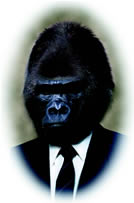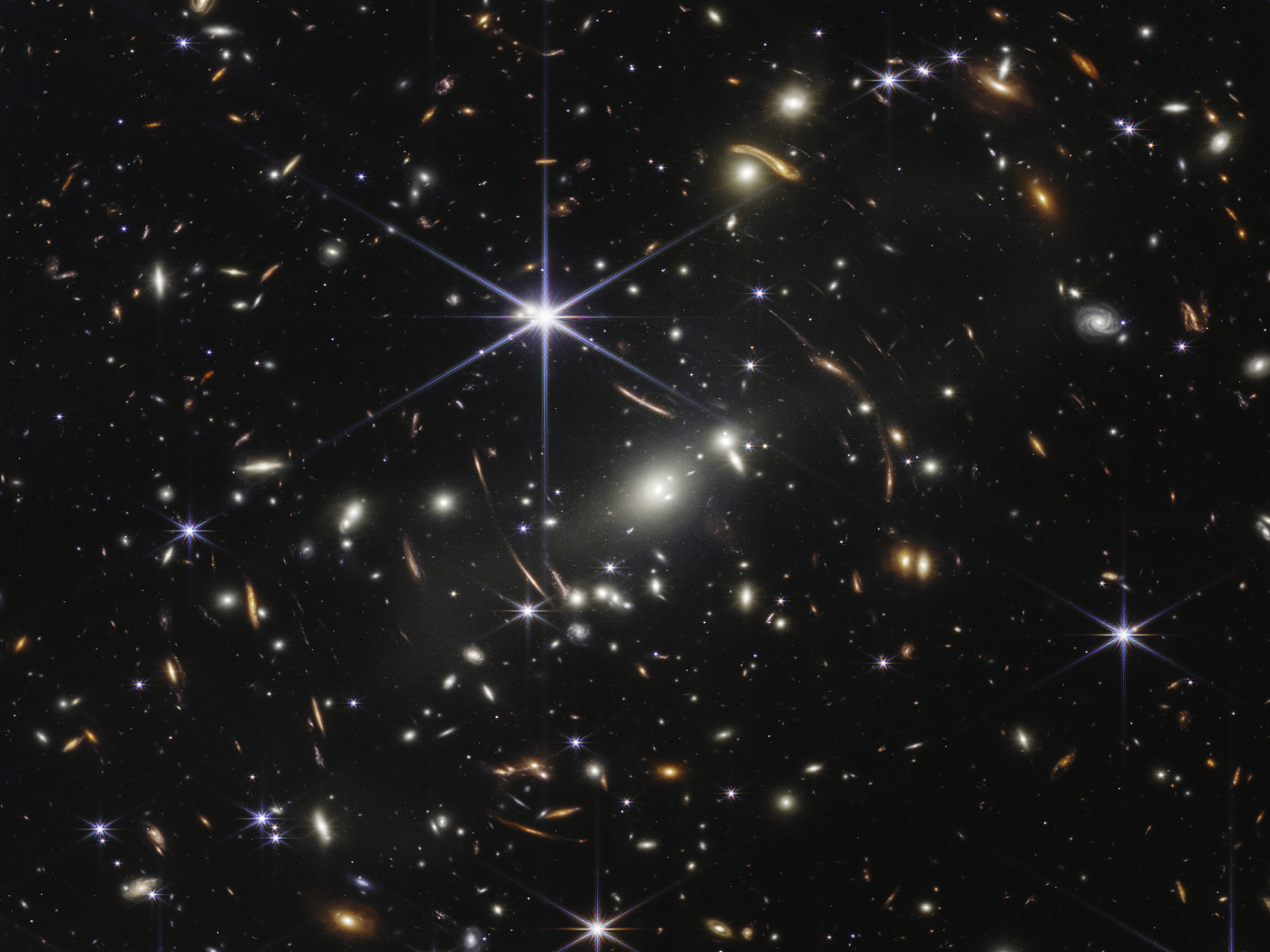Evolutionists deeply yearn for "The Missing Link"…that hypothetical intermediary between man and his supposed ape-like ancestor. That yearning seemingly speaks of more than a desire to solve a scientific mystery. Rather, it seems to belie a desire to firmly establish man's animal ancestry, that he is not created "in the image of God" (Genesis 1:37), with accountability to his Creator for his choices and actions. He can make his own autonomous choices, including sinful choices, without consideration of the "wages" of those choices.
Only such a perspective makes sense out of the rush to accept paltry and contradictory evidence, as illustrated by the most recent discovery reported formally in Nature, 11 July, 2002,  but repeated in news reports around the world. "Oldest member of human family found; New-found skull could sink our current ideas about human evolution" read the explanatory article's title and subtitle. The articles described the evidence and gave the obligatory evolutionary spin. Let's look closely, with Biblical glasses on, and see if we agree.
but repeated in news reports around the world. "Oldest member of human family found; New-found skull could sink our current ideas about human evolution" read the explanatory article's title and subtitle. The articles described the evidence and gave the obligatory evolutionary spin. Let's look closely, with Biblical glasses on, and see if we agree.
The discovery consisted of a single, partial skull, albeit distorted, broken, and recemented after burial, with no bones below the neck. It has excessively heavy brow ridges, a sagittal crest, and an ape-sized brain. The living creature would have been chimp size, but its (now distorted) face was (probably) flatter than most chimps and its teeth showed wear patterns more typical of hominids than chimps. Hominids include the creatures thought to be on the way to human, including the Australopithecines, like "Lucy" which lived much later. Some claim-ed to see evidence of upright posture where the skull would have attached to the spinal column. The experts for now conclude that it contained a combination of chimp and Australopithecus features, and placed it in an entirely new genus and species, Sahelanthropus tchadeasus, and nicknamed it "Toumai."
Dr. Bernard Wood, author of the Nature News and Views article, commented on "it's mosaic nature. Put simply, from the back it looks like a chimpanzee, whereas from the front it could pass for a 1.75 million-year-old Australopithecus.
. . . it plays havoc with the tidy model of human origins."
That's because the australopithecines were decidedly chimp-like. "Lucy" was 3'6" tall, with chimp-sized brain and chimp dentation, with long curved fingers and long curved toes for swinging in trees, and had a wrist structure only suited for knuckle-walking when on the ground. The claim for her upright position derives from controversial analysis of the knee and hip. The most the experts claim for Lucy is that she was an ape which stood a little more erect than other chimps.
Unfortunately there is no direct way to date the new specimen. The six_seven million year age came from nearby mammal, reptile, and fish fossils, similar specimens of which are found in Kenya, several hundred miles to the south, and have been dated to six_seven million years old. As readers of Acts & Facts know, all radioisotope dates are questionable, but for the moment, let's play along.
Summarizing the facts, we have one partial, broken, distorted, and recemented skull and a few teeth, which at best, point to a transition between chimp and the chimp-like Australopithecus, coupled with a poorly established date.
Predictably, the broad claims are quite different from the bare facts. "The beginning of the human lineage" says discoverer Michael Brunet. "The oldest known relative of modern humans" says MSNBC. "The earliest evidence of the human family" claims CNN. "A very exciting find" opines Ian Tettersall of the American Museum of Natural History. "It's likely that this is a human ancestor" Bernard Wood of George Washington University.
To be fair, other experts were more cautious. Brigitte Senut of the Paris Natural History Museum said the skull's features were actually sexual characteristics of female gorillas rather than indications of a human character, and that "the occipital crest (the back of the neck where the neck muscles attach, hinting to some of upright posture) . . . reminds me much more of the gorilla".
The extraordinary claims for Toumai's significance can only be understood as we admit an evolutionary bias on the part of the "experts." For them, the paltry data are accepted without question and interpreted with evolutionary over exuberance, pushing normally serious scientists and reporters into unwarranted claims when it comes to this one issue.
But what if there is another way to interpret the data, one not within the evolutionary "ball park"? In creation thinking, apes and humans are different, although with much variety in both. Some ape varieties and human groups have gone extinct, but there is much difference between the two. The most "ape-like" human is still quite different from the most "human-like" ape. The discovery of a (possible) blend between two ape varieties hardly comprise evidence against creation.
The data better fit the post-Flood filling of the Earth with animal types, in this case the ape and monkey types. As they migrated, much variety occurred, some of which we find as fossils. This discovery does not even address the question of human origins. Once again the creation worldview stands tall, and evolutionary claims are revealed as religious myths.
* Dr. Morris is President of ICR.












